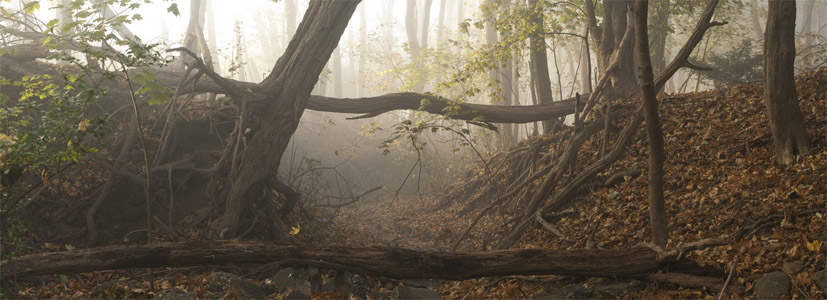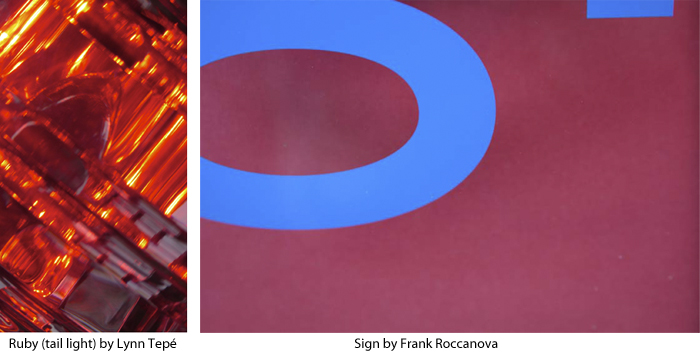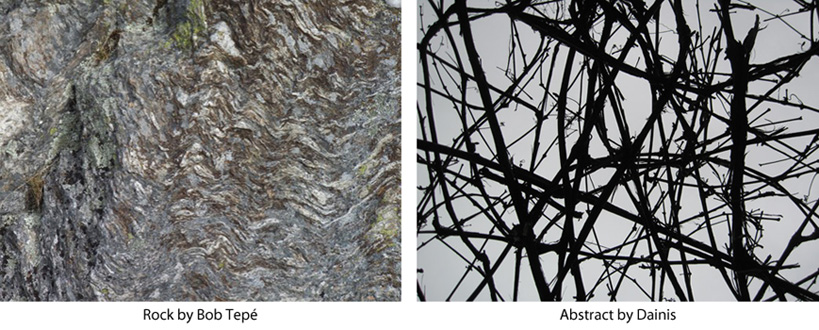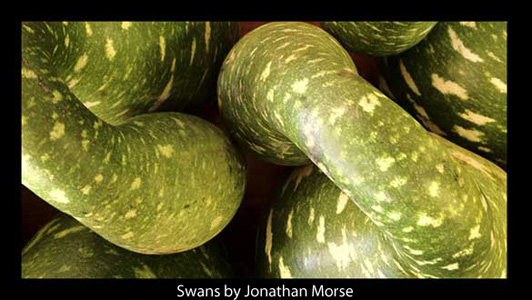Bruce Milne gave a wonderful presentation at our May 13th meeting. It included a showing of some of his ‘PhotoScapes’ as well as a very unusual camera. His talk included some of the history of panoramic photography and how its earliest use was to record historic events (civil war photos, etc…). Most fascinating was the astonishing detail in George Lawrence’s photos of the aftermath of the San Francisco earthquake!
Bruce also explained the nodal point of a lens. (If you don’t know what that is, click here for more info). He also spoke of using Photomerge in Adobe CS4 and setting his camera completely to manual while shooting his panoramas.
While showing some of his very large prints he explained that he strives to capture the feeling of being in a space. “I find nature to be very intimate,” he said. His website goes into greater detail and I recommend taking a look.
An excerpt: Landscape: the Intimacy of Space
“As a child growing up in rural New York State, I spent my time exploring and
adventuring in the woods, fields, and streams which surrounded me. I found mystery in
abandoned buildings and other artifacts of past lives. Nature in all her shapes, sounds,
smells filled my senses. These experiences were for me profoundly intimate: the smell of
decay; of thick black mud sucking at my shoes; reverberation of footfall and forest
creature echoing through the cathedral canopy; the constantly shifting depth of field;
rusted objects forsaken or lost, their purpose long forgotten or obsolete. In this immersion
I would find myself surrounded, comforted, engrossed in a true intimacy of space.
In this current body of photographic work, I attempt to capture and convey that sense of
intimacy, of inclusion that I experience in the field, whether woodland, meadow,
waterway or structure. The shapes become iconic, the spaces transportive, not in
abstraction, but in their essence.”
Click here to visit Bruce Milne’s website
Of related interest: DPreview has an interesting article about iPhone Panoramas: Editorial: Why I can’t stop taking iPhone Panoramas




